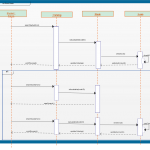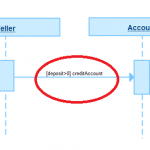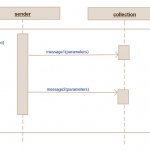Sequence Diagram Tool
Tools, Templates and Resources to Draw Sequence Diagrams
- Multiple frameworks to create sequence diagrams that illustrate how actors interact with objects in a system
- Simple drag and drop interface to visualize how systems interact with each other
- Video conferencing & live mouse tracking to collaborate in real-time with others
Sequence Diagram Templates
What Is a Sequence Diagram?
A sequence diagram is a UML diagram type that represents how and in what order objects in a system interact with each other.
Sequence Diagrams are used to design, document, and validate the architecture, interface and logic of systems by describing the sequence of actions that need to be performed to complete a task.
How to Create a Sequence Diagram?
- Creately’s sequence diagramming tool allows you to create detailed sequence diagrams. It comes with specific shape libraries with sequence diagram notations and easy drag and drop functionality to visualize lifelines, actors and how they interact with each other.
- While creating a sequence diagram the first step is to identify all the objects that will participate in the system.
- In a sequence diagram, actors are represented by stick figures and objects are represented by rectangles.
- Create lifelines that represent the existence of an object or actor over time. Moving down a lifeline means more time is passing.
- Now start visualizing the interactions actors have with objects. This involves thinking of all the steps an actor must complete for a given task.
- Messages are notations that show the information being sent between objects.
- Sequence diagrams show the order of interaction in a system by moving down the lifeline with each message.
- Once you list down all the objects, actors, lifelines, and messages you get a complete visual representation of how a system works.







